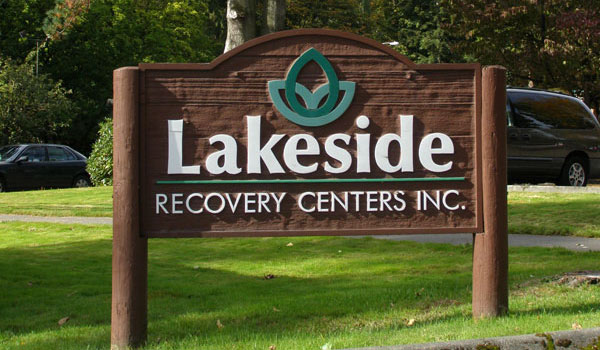Troubling Parity Data Found by Milliman
Last month, Milliman, Inc. released the results of a nationwide study which covered over 37 million people. Based on actual claims data for hundreds of health insurance plans, the research found that “out-of-network” use of behavioral health providers is substantially higher than out-of-network use of medical and surgical providers. This disparity has grown in recent years, in spite of legislative attempts to promote access to mental health and behavioral health services, even as legislation requires parity in insurance plans.
The study also found much lower reimbursement rates from insurers to behavioral providers for “in-network” services, with a demonstrated gap between behavioral and medical or surgical providers.
“These access problems are about more than just reimbursements,” stated Mark Covall, president and CEO of the National Association for Behavioral Healthcare (NABH) and Parity Implementation Coalition Co-Chair. “Our evidence shows that health plans limit in-network providers, do not credential new providers in a timely manner, pay significantly lower rates for in-network care, and apply extreme utilization-review tactics that are not based on medically necessary care.”
Another co-chair of the coalition, Marvin Ventrell, President and CEO of the National Association for Addiction Treatment Providers (NAATP), said, “As the rates of Americans dying from overdoses and suicides have increased, provider reimbursement rate disparities have widened – in 11 states, reimbursement rates for primary care office visits were more than 50% higher than reimbursement for behavioral health office visits.”
“Peak spending for substance use disorder treatment accounted for only 1% of total healthcare spending during the last five years – that’s equal to $1 out of every $100. The numbers tell a story – and it’s a painful one for individuals and family members seeking treatment for substance use or mental health disorders,” stated the President and CEO of Young People in Recovery, Justin Luke Riley. “Behind those numbers are millions of Americans who can’t get the care they desperately need, and families who are grieving the loss of their loved one to suicide or overdose.”
Key Findings
- Disparities in out-of-network use for substance use disorder care compared to medical or surgical care are dramatic and have increased over the past five years.
- The disparity between how often inpatient addiction facilities are utilized out-of-network (versus medical/surgical inpatient facilities) increased from 4.7 times more likely (2013) to over 10 times more likely in 2017.
- Over the same time period, the disparity between how often behavioral inpatient facilities are used out-of-network versus medical or surgical inpatient facilities has increased from 2.8 times more likely to 5.2 times more likely. This jump represents an 85% increase in disparities.
- For 11 states in 2017, reimbursement rates for primary care visits were more than 50% higher in total than rates for behavioral office visits.
Parity Legislation
The Mental Health Parity and Addiction Equity Act (MHPAEA) is a federal law passed in 2008. It prevents group health plans and health insurance issuers that provide substance use disorder or mental health (MH/SUD) benefits from imposing less favorable limitations on these services than they do on medical or surgical benefits. In plain English, under MHPAEA, insurers are forbidden from providing unequal coverage for mental health or addiction treatment services.
MHPAEA originally applied solely to group health plans or group health insurance coverage. It was amended by the Patient Protection and Affordable Care Act to also apply to individual health insurance coverage.
Why Parity Matters
Insurance is complicated, but the concept of parity is simple. Parity means that insurers must treat people suffering from mental health conditions or substance use disorders fairly by covering their treatment, as they would for any other problem.
It is no secret that Americans are crying out for increased access to addiction treatment and mental health care services. Estimates indicate that one in five adults lives with mental illness, and that more than 70,000 people perished because of drug overdoses in 2017, the year covered in Milliman’s study. Lack of treatment is a documented problem: 60% of those with mental illness did not receive care, and 90% of those with an addiction did not receive specialty treatment.
Better parity enforcement, as is called for by researchers and providers alike, could help to correct the identified violations listed above, including disparities in reimbursement rates and unequal coverage policies. The number of issues created by these violations cannot be overstated. For example, when someone with a substance use disorder cannot find a provider who accepts his insurance, it can make care prohibitively expensive. In America, this is a commonly cited issue that those who want treatment are unable to receive care. Resolving these disparities could help close the treatment gap.
Seattle Addiction Treatment Services
At Lakeside-Milam, we understand the barriers to receiving treatment. We believe in making this process as simple as possible. This is why we work directly with insurers to get you the full benefits for your treatment process. To learn more about our addiction treatment services, contact us today.






